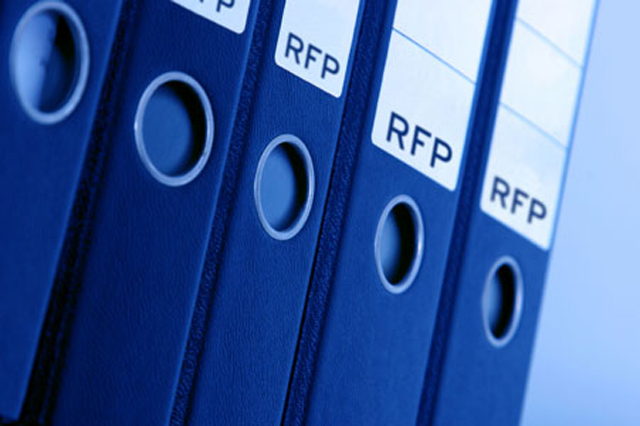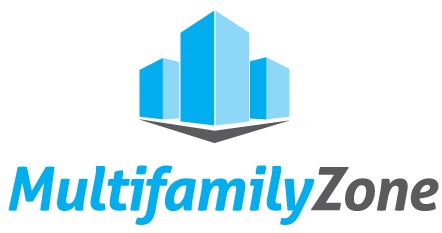How to Build an Effective Custom RFP
 Knowing what you want to achieve in a project is important of course, but ensuring that your vendors and contractors know your expected outcomes and goals is, even more, important. A well-thought out, well-written RFP (Request for Proposal) prior to beginning your project will not only accomplish this for you, but it can also protect your interests should the project begin to experience problems.
Knowing what you want to achieve in a project is important of course, but ensuring that your vendors and contractors know your expected outcomes and goals is, even more, important. A well-thought out, well-written RFP (Request for Proposal) prior to beginning your project will not only accomplish this for you, but it can also protect your interests should the project begin to experience problems.
It’s difficult to overestimate the importance of an RFP when you start a new project, for it becomes the “baseline” of understanding between you and your contractors or vendors. The RFP outlines your needs and requirements, making them clear to all parties involved. As a written document of your expectations and your vendor’s responsibilities, it becomes a historical record to which both sides can refer as needed.
The importance and value of your RFP
As all property managers know, a problem can develop at any point in any project, and may include any aspect of the project: from scheduling to deliverables. If a problem becomes serious and begins to affect the project itself, the baseline documentation, your RFP, will most likely be the tool you use to determine where the problem occurred, who is responsible, and what must be done to resolve it.
While it’s difficult to outline every piece of information required to create a comprehensive RFP within the limited space of a blog post, it is important that you understand the basics of how to build and distribute a custom RFP. Much of this information is borrowed from the Warehousing Education and Research Council website, an association for logistics professional. If you would like a more detailed explanation of the components of a well-written RFP, and perhaps a useable template as well, click here
Here is a brief description for each and any of the common sections of your RFP:
1. Statement of Purpose
Describe the extent of products and services your organization is looking for, as well as, the overall objectives of the contract.
2. Background Information
Present a brief overview of your organization and its operations, using statistics, customer demographics, and psycho-graphics. State your strengths and weaknesses honestly. Don’t forget to include comprehensive information on the people who will handle future correspondence.
3. Scope of Work
Enumerate the specific duties to be performed by the provider and the expected outcomes. Include a detailed listing of responsibilities, particularly when sub-contractors are involved.
4. Outcome and Performance Standards
Specify the outcome targets, minimal performance standards expected of the contractor, and methods for monitoring performance and process for implementing corrective actions.
5. Deliverables
Provide a list of all products, reports, and plans that will be delivered to your organization and propose a delivery schedule.
6. Term of Contract
Specify length, start date and end date of the contract, and the options for renewal.
7. Payments, Incentives, and Penalties
List all the terms of payment for adequate performance. Highlight the basis for incentives for superior performance and penalties for inadequate performance or lack of compliance.
8. Contractual Terms and Conditions
Attach standard contracting forms, certifications, and assurances. You may include requirements specific to this particular contract.
9. Requirements for Proposal Preparation
A consistent structure regarding content, information, and documents types simplifies things for the people evaluating the proposals. Therefore, you should request a particular structure for the project and provide an exhaustive list of documents you want to receive.
10. Evaluation and Award Process
Lay down the procedures and criteria used for evaluating proposals and for making the final contract award.
11. Process Schedule
Clearly and concisely present the timeline for the steps leading to the final decision, such as the dates for submitting the letter of intent, sending questions, attending the pre-proposal conference, submitting the proposal, etc.
12. Contacts
Include a complete list of people to contact for information on the RFP, or with any other questions. Incorporate their name, title, responsibilities, and the various ways of contacting them into this list.
In short, a well-constructed RFP will allow your providers to propose creative, relevant, and cost-effective solutions by focusing on the end, not the means.
 |
MultifamilyZone.com | Company Website |
MultifamilyZone.com provides a listing of products, services and industry-related companies, technology tools, marketing trends and is a resource for information and news. Our goal is to assist individual owners, as well as fee and national management firms in the operations of their assets by connecting them with professional vendor partners. |



